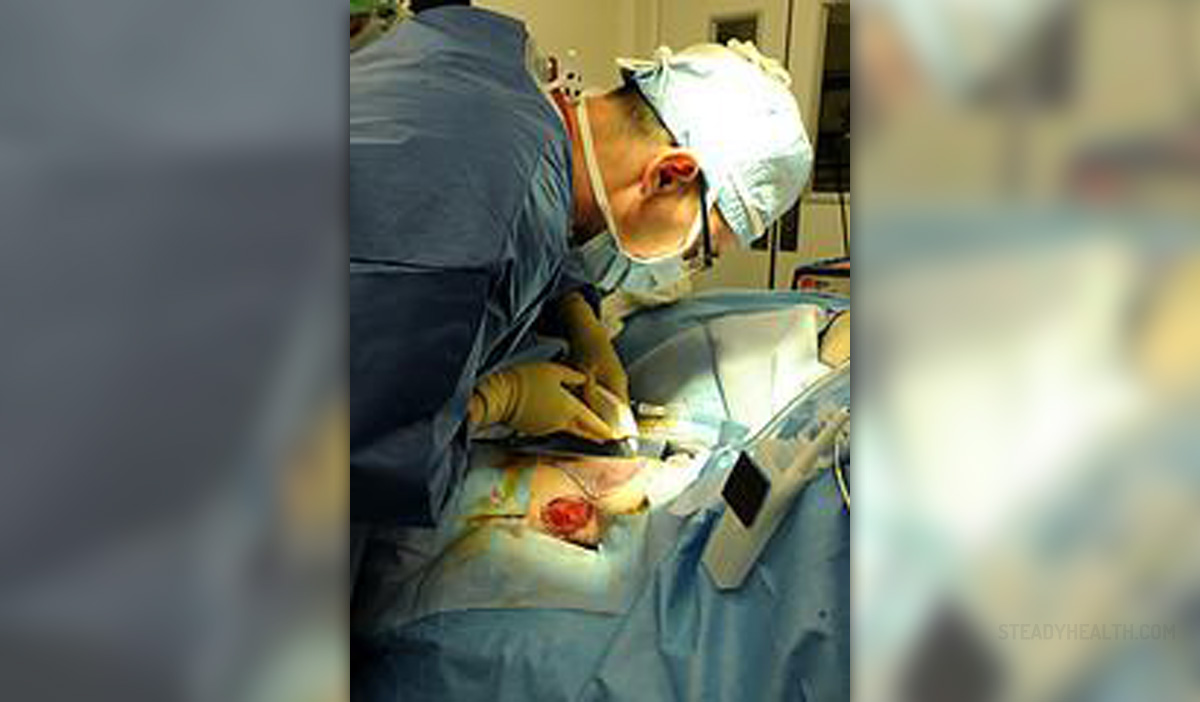
Skin grafting is a surgical approach that includes transplantation of the skin from healthy parts of the body to those affected by certain damage. Namely, this is a very efficient treatment for people who have suffered extensive wounding /trauma, those with severe burns, patients in whom skin loss developed due to infections and patients who are suffering from skin cancers.
This is a vital procedure since our body simply requires intact skin in order to function properly. Many times this surgery also satisfies the aesthetic appeal many patients long for after disfigurement caused by certain illnesses and previous surgeries.
Graft Classification
There are a couple of classifications of skin grafts.
First of all, there are autologous, isogeneic, allogeneic, xenogeneic and prosthetic grafts. Autologous skin grafts are those obtained from the body of the person who will undergo surgery. This skin graft is also known as autograft. Isogeneic skin graft is taken from another person, but the one who is genetically identical to the patient (e.g. monozygotic twins). Allogeneic skin grafts are obtained from the members of the same species and the donor and the recipient need not to be related. Xenogeneic grafting is performed between different species and finally, prosthetic grafts includes replacement of the missing tissue with artificial/synthetic material such as metal, plastic or ceramic.
Another classification of skin grafts is the one depending on the thickness of the skin used in the procedure.
For instance, there is a split-thickness skin graft. This graft comprises only the epidermis and some parts of the dermis. The thickness of such graft basically depends on the place the graft is taken from. A split-thickness skin graft can be additionally processed which increases its size, if necessary. This is the reason why such grafts are used in case there is a need to substitute for skin loss affecting large portions of the body. The skin from where the graft is taken heals easily during the process of re-epithelisation.
Furthermore, there is a full-thickness graft that apart from the epidermis comprises the entire thickness of the dermis. After taking such grafts, the donor site needs to be closed with sutures because it cannot heal on its own (re-epithelisation is not possible).
Finally, there is composite graft, the one containing the skin and underlying tissues such as cartilage, muscles etc.
Surgical Procedure
Surgeons use specially designed instruments that allow them to take proper samples of skin tissue leaving the underlying tissues intact. Only well experienced surgeons are capable of taking adequate skin grafts and transferring them to the desirable site.
Once the tissue is transferred to the desirable spot it is held in place with the assistance of a few small stitches or surgical staples. Initially cells of the graft fed on plasma while after 36 hours they receive all the necessary nutrients via newly grown blood vessels. The surgery of this type requires proper approach which will prevent fluid build-up underneath the graft.
Improvement of the outcome is achieved with pre-operative wound maintenance along with post-operative use of negative pressure wound therapy. Negative pressure wound therapy maintains the wound clean, promotes the growth of new blood vessels, improves blood supply to the wound and increases the attachment of the graft to the nearby and underlying tissues.
Most Skin Grafts are Successful
In the majority of cases skin grafts completely heal and remain in the place fulfilling expectations of both doctors and patients. It is essential for the graft to be sufficiently supplied with blood and all the necessary nutrients. The operated area is supposed to be protected from any trauma and stretching for at least 3 weeks. The dressing is changed according to doctors orders and the hygiene of the wound must be impeccable, preventing any infection from occurring.
However, not all surgeries of this type are successful. There are certain risks which may interfere with healing and cause rejection of the grafts. The most common complications of skin grafting are bleeding and infections. Poor healing may occur as well. Graft failure is not so frequent but may happen too. Sometimes after the surgery patients may experience a reduction or increase in sensation at the recipient site. Graft tissue may also contract not allowing patients to move the operated area to full extent.
The risk of all the mentioned complications is not so high in healthy individuals. Still, newborns, infants and people older than 60, smokers, patients suffering from diabetes as well as individuals with poor overall health or those taking certain medications on a daily basis are all more likely to develop certain post-operative problems.
All in all, this is a rather successful surgery allowing patients to restore the lost skin and improve they aesthetic appeal. Complications rarely occur and even if they do, most of them are brought under control and do not affect the outcome of the surgery. By following doctor's orders one will help the process of healing and prevent complications from occurring.





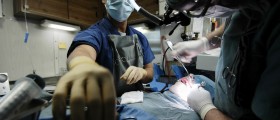
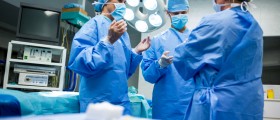

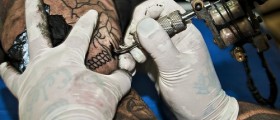
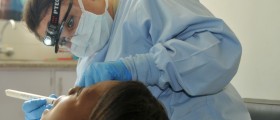
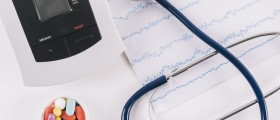


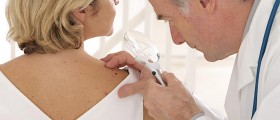



Your thoughts on this
Loading...